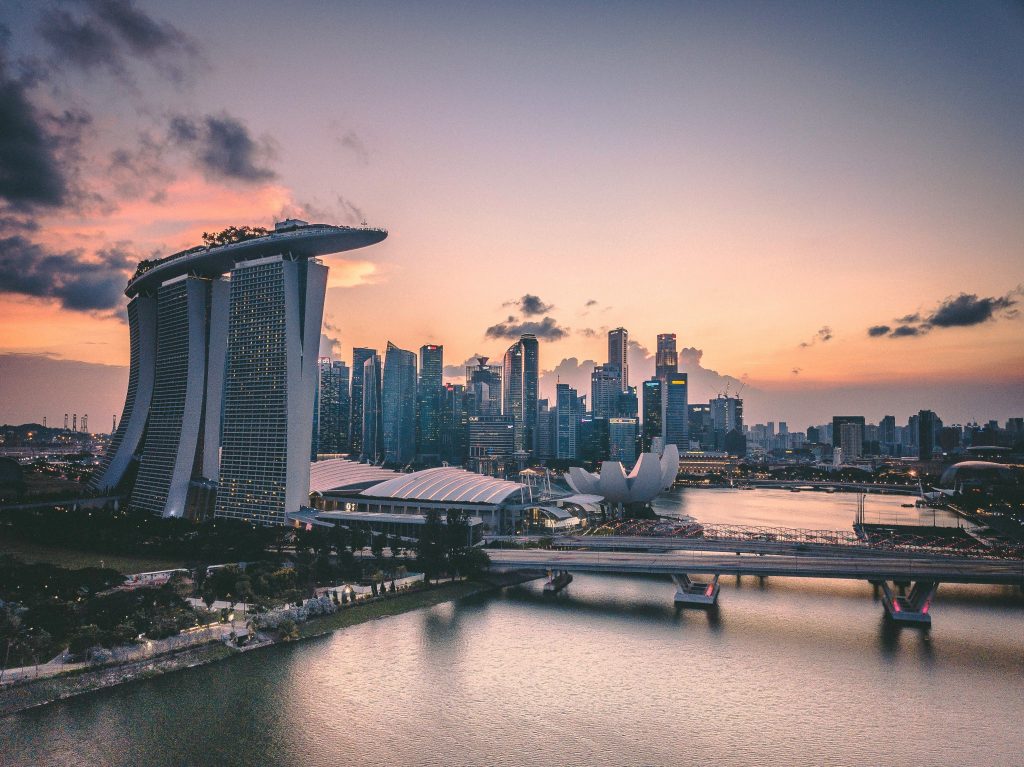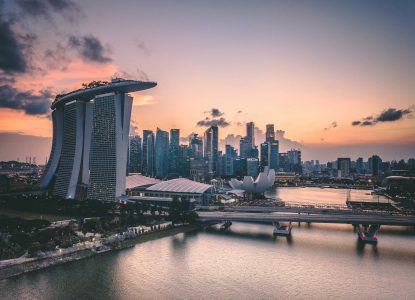By Katherine Marshall, IF20 Vice President
– – –
Leaders hoping for peaceful, flourishing, and harmonious societies in today’s world contend with the dual challenge of promoting common values and a positive, unifying national identity, at the same time that they value and manage the trend towards increasing diversity of populations in virtually all settings. This diversity has different dimensions: religious, ethnic, income levels/class, location, and others, and takes different forms in different countries. But a credible prognosis is that future societies will become still more diverse. Meanwhile, the strains of managing diversity are part of the polarizations that challenge so many contemporary societies. The central theme of an ambitious conference in Singapore last week was that the ideal of social harmony or cohesion is not achieved automatically: deliberate policies and leadership and creative citizen engagement are vital if societies are to benefit from the many assets of diversity while avoiding its risks and pitfalls.
The government of Singapore (led by the Ministry of Culture, Community, and Youth), together with RSIS, (the S. Rajaratnam School of International Studies), has hosted a series of ambitious international conferences centered on social cohesion in 2019, 2022, and 2025: the ICCS, or International Conference on Cohesive Societies. The 2025 conference was held on June 24-26, carefully planned and meticulously executed.

Purpose and Overview
The ICCS purpose is articulated as advancing conversations on interfaith and multicultural dialogue, to advance flourishing of unity “even in a divided world.” The 2025 theme was “Cohesive Societies, Resilient Futures,” thus with a focus on the importance of a robust continuity of focus and effort. Multiculturalism and “harmony in diversity” were at the center. Religious diversity was very much part of the framing but there was less emphasis on interreligious aspects than in previous years. From start to finish of the conference, uncertainty and resilience were recurrent themes. The sharp focus and commitment of Singapore’s government were reflected inter alia in the opening keynote speech by President Tharman Shanmugaratnam and active participation of other ministers and senior officials. The Sultan of Perak and Deputy Yang di-Pertuan Agong, Nazrin Muizzuddin Shah from Malaysia and Indonesia’s Minister of Religious also gave keynote speeches.
The conference drew some 1200 participants, from over 50 countries, many from the ASEAN region but also beyond. Full information on the event can be found here. The link to the livestream includes the major plenaries and breakouts.
The event itself featured high level keynote speeches, led by Singapore’s president, plenary sessions focused on the core themes, breakouts, a “showcase” session (that included Indonesia’s Lemeina Institute’s Cross Cultural Religious Literacy – CCRL program, which the President cited explicitly in his speech), and a series of skills workshops. Each evening, visits to religious and cultural sites and programs in Singapore were organized and carefully curated (I went to two this year, to the traditional Malay area and to a law clinic linked to a Daoist temple). A centerpiece was strong youth involvement, with 200 youth participants (they had some special programs but participated throughout); a final plenary, dubbed a “fireside” event, featured five impressive young leaders, two from Singapore, the others from the US, Tunisia, and Indonesia.
An overall assessment, shared broadly among for example the Advisory Council, was that the event can quite aptly be described as “awesome” in its organization and care to detail and effort to bring in innovative touches. The conference focused, not surprisingly, on Singapore’s purposeful efforts, policies, and programs to address racial and religious diversity, but also on the global dimensions of polarization and related turbulence. Uncertainty and the rapid pace of change were recurring themes. A core message was that diversity demands purposeful, constant attention, leadership, and management, with government leadership but also community/grass roots involvement. Singapore’s housing, community outreach, and above all education policies were highlighted, as were comparable programs, especially in ASEAN countries but also Rotterdam in the Netherlands.
Looking ahead, the three year rhythm of major conferences is likely to be continued, alongside a series of interim events to maintain conversations and dialogue.
Participants came from many places and institutions. I met many familiar colleagues, not just from previous ICCS conferences, but from our (Berkley Center, WFDD, G20 Interfaith) broad “network of networks”. Among other participants were several from Vatican dicasteries and numerous other religious actors.
Topics, Highlights, Metaphors, and Themes
The United States was a common topic of discussion: what is happening, why, and what does it mean? II heard many rather rueful comments, some sympathetic and even hopeful, others rather disparaging, with a general sense of loss of US leadership globally and especially in the Asia region, as many look elsewhere for inspiration and of course support.
Highlights of the event were the three keynote speeches, especially the opening by Singapore’s President Tharman Shanmugaratnam. The Sultan (Malaysia) was also impressive, and the wrap up by the Minister for Law, Edwin Tong provided a robust summary of events and a look forward. The text of the first and third are available and attached, along with a press summary of the Sultan’s presentation. The Fireside discussion with youth leaders also brought out significant issues, and echoed a theme throughout: the power of social media as a force, an accelerating one, for change that is positive but also disruptive. The likely impact of AI was mentioned frequently. A “bottom line” was the need for dynamic, positive, and purposeful government policies to address multicultural realities, adapted to each situation, but also the need for “bottom up” action, with a frequent admonition to reach out and to be a good neighbor: the task is for everyone, not just government leaders. I moderated a helpful first plenary following the President’s speech, that aimed to frame and elaborate the conference themes.

Metaphors and themes abounded over the three day conference, but fabrics dominated (quilts and batiq, weaving and unraveling), followed perhaps by ships – whether passing in the night or representing unity. Far more than in other recent events, the powerful impact of the COVID-19 emergencies was cited as a major factor, accelerating but also shifting directions, for example the phenomenon of isolation. Trust was a recurring theme: weakening and loss of trust and its vital importance, for resilience (the presentation by Ed Williams, Edelman, was referred to often). Here and elsewhere, the role of a sense of grievance, and the growing sense that others are preferred and supported while many are excluded and left behind, was often cited as a significant contributor to polarization and moves towards more extremist positions. The roles of class and inequalities came out in several discussions, noted as a topic too little analyzed in broad global discussions but a root cause of resentment and instability. And though gender issues were not prominent the roles of women came up often, especially in private conversations. The troubling global implications of widening and persistent conflicts came up often. Climate change was a theme but less prominent.
The President’s speech set the tone for the conference, and is worth citing and reading in full. His diagnosis:
“Each of these emerging divisions is feeding on the other: the waning enthusiasm for multiculturalism, political polarisation, the widening divides between the more and the less educated, and between those that live in the countryside and the cities. They’re feeding into each other, which makes this a complex and increasingly difficult problem in many societies… What is most worrying is the way in which culture and identity are being injected into the normal contentions over economic issues. Identity and exclusionary views – you could call them reactionary – have always been lurking below the surface. But economic insecurity, or at least the perception that ‘I am losing and someone else is winning’, converts identity and culture into a more divisive political tool.”
And his metaphor of the quilt:
“Traditionally, in many societies, that meant weaving the patchwork quilt. You know what quilts are –different patches, each with its own design, and attractive when they’re stitched together. But in times of stress, at times of economic insecurity, at times when polarising forces are growing, the stitching weakens, and the quilt gradually falls apart. So we need to weave a different fabric of society to sustain multiculturalism and make cohesion resilient. We have to weave threads of different colours, even different textures, into a single tapestry – or as they do in batik, involve many artisans in making a single fabric – that creates a larger motif of a nation with many strands and many histories, but at one with itself.”
– – –
Katherine Marshall is a senior fellow at the Berkley Center for Religion, Peace, and World Affairs at Georgetown University. She serves as the vice president of the G20 Interfaith Association and executive director of the World Faiths Development Dialogue. With over three decades of experience at the World Bank, Marshall has been at the forefront of addressing development issues in the world’s poorest countries, with a particular focus on the intersection of religion and global development.


